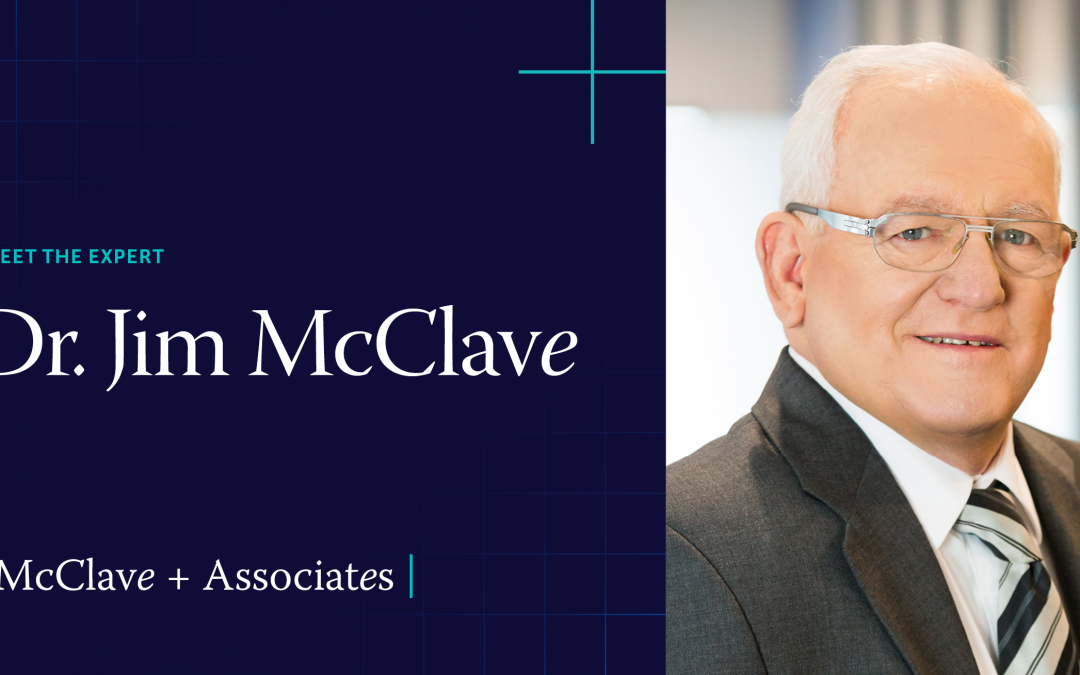
Life After Actavis

Dr. Rob Knueper
As we head into 2019, there have been a wide variety of court decisions in pay for delay antitrust cases since the 2013 Actavis Supreme Court decision. These decisions grapple with key economic and legal issues such as causation, antitrust injury and ascertainability.
One of the central economic questions in these cases involves the economic inferences that can be made based on the type and size of a reverse payment. I grappled with these same issues during my six years as an FTC economist analyzing pay for delay cases. As part of the team that developed the Commission’s policy in this area we also developed appropriate economic and financial tools that can be used to analyze the likely competitive effects associated with certain types and sizes of reverse payments. These same economic and financial tools can also benefit legal practitioners currently working on pay for delay cases.
For example, standard and well accepted financial techniques can be used to evaluate the relationship between the size of the payment and the length of time that the generic firm is incentivized to delay its entry. This type of analysis generally shows that relatively small reverse payments can be used to incentivize generic firms to substantially delay their entry.
However, the actual relationship between size of payment and incentive to delay depends on various factors, such as: market growth, the discount rate, and the relevant but for world.
Careful evaluation of these market factors is crucial towards developing a reliable economic model that can be used to not only support a finding of liability and antitrust injury, but also form a basis for measuring damages and evaluating common impact.



